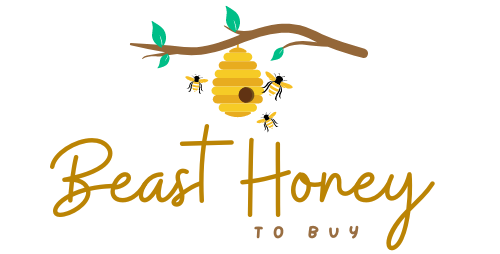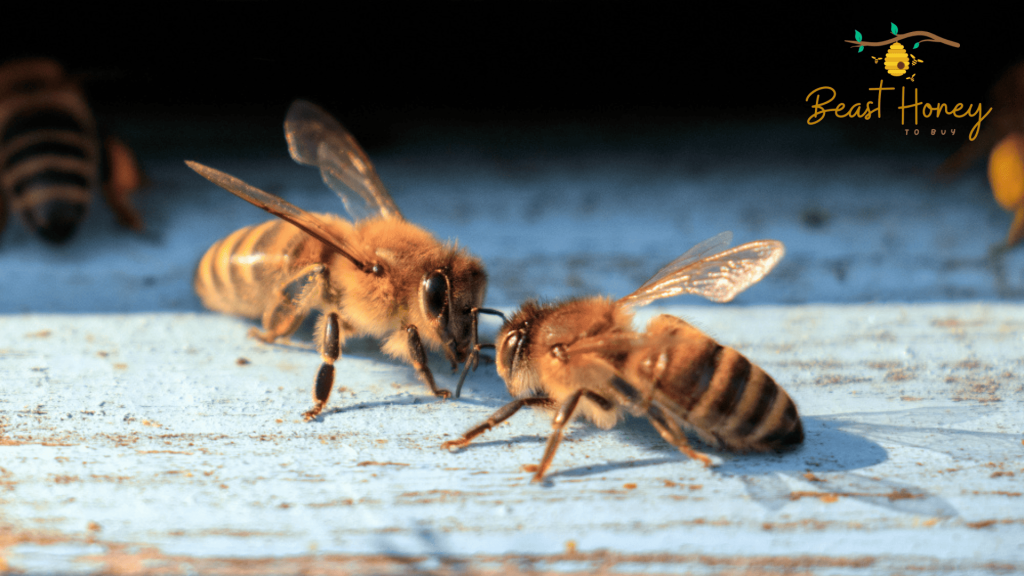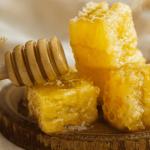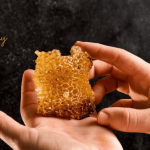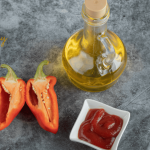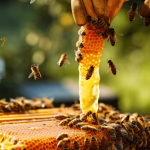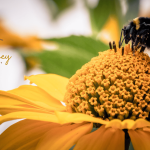Bees are incredible creatures. They pollinate our crops, make delicious honey, and keep our ecosystems thriving. But bees are dying at alarming rates. This is bad news for our food supply and environment. Your choice of honey can make a big difference in helping bees survive. In this blog post, I’ll explain why bees are dying, how your honey purchases impact them, and what you can do to help. Let’s buzz into this important topic!
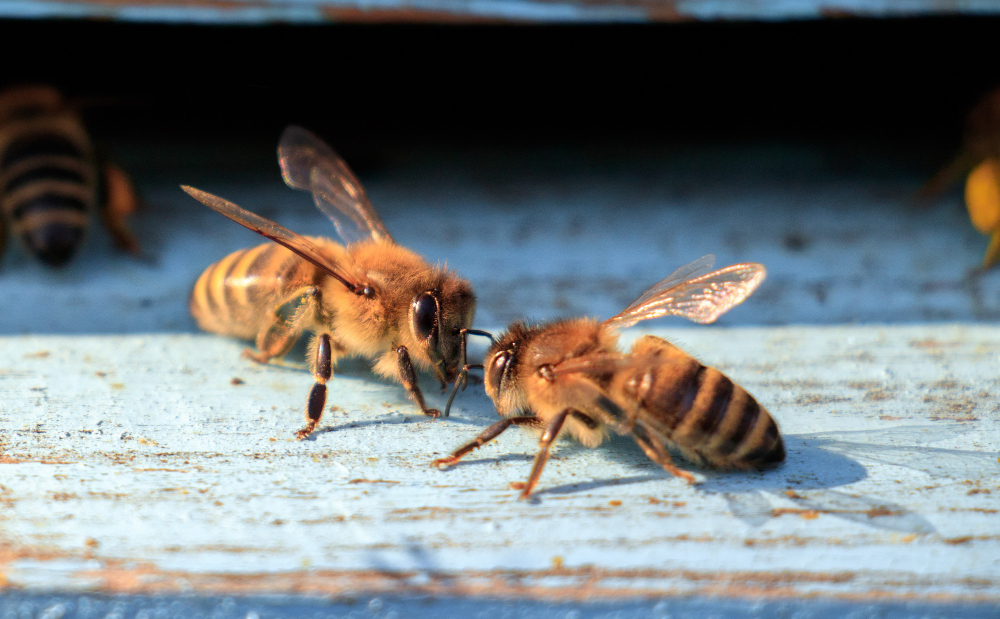
Why Are Bees So Important?
Bees are nature’s superheroes. They pollinate about 70% of the world’s crops, like apples, almonds, and pumpkins. Without bees, many fruits, vegetables, and nuts would disappear from our plates. They also support biodiversity by helping plants grow, which benefits other wildlife. Plus, bees give us honey—a natural, delicious sweetener. Protecting bees is key to our food security and a healthy planet.
Benefits of Bees
- Pollination: Bees help grow one-third of our food.
- Biodiversity: They support wildflowers and ecosystems.
- Honey Production: Bees create raw honey, a healthy alternative to sugar.
- Economic Impact: Pollination supports farmers and local economies.
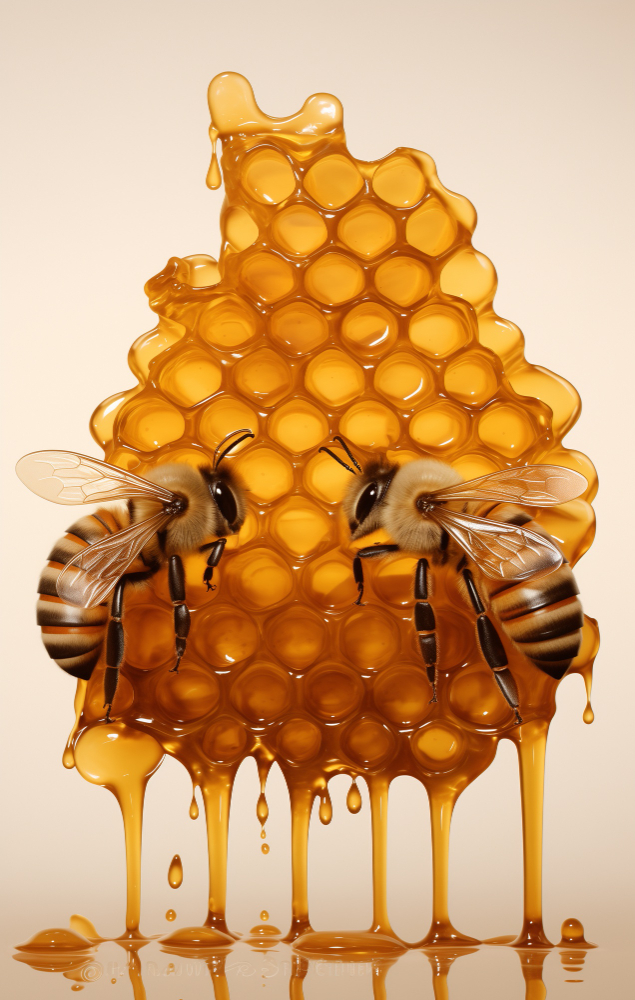
Why Are Bees Dying?
Bees face many threats today. Their populations are declining worldwide, and experts are worried. Here are the main reasons why bees are dying.
1. Pesticides
Pesticides used in farming can harm bees. Chemicals like neonicotinoids weaken bees’ immune systems or disorient them, making it hard to find their way back to the hive. Even small exposures can be deadly over time.
- Example: A study showed that neonicotinoids reduced bee colony growth by 50% in some areas.
- Impact: Pesticides kill bees directly or weaken hives, leading to collapse.
2. Habitat Loss
Urban development and monoculture farming destroy bee habitats. Bees need diverse flowers for nectar and pollen. When wildflowers are replaced by single crops or concrete, bees starve.
- Example: A local meadow near my town was paved over for a parking lot, leaving fewer flowers for bees.
- Impact: Less food means weaker bees and smaller colonies.
3. Varroa Mites
Varroa mites are tiny parasites that attack bees. They spread viruses and weaken hives. These mites are one of the biggest threats to bee colonies worldwide.
- Example: A beekeeper I know lost half her hives to varroa mites last year.
- Impact: Mites can wipe out entire colonies if not managed properly.
4. Climate Change
Changing weather patterns hurt bees. Droughts reduce flower blooms, while extreme temperatures stress hives. Unpredictable seasons also disrupt bees’ natural cycles.
- Example: A warm winter can cause bees to wake early, using up their food stores too soon.
- Impact: Climate shifts make it harder for bees to survive and thrive.
5. Poor Beekeeping Practices
Some commercial beekeepers overharvest honey or use harsh chemicals to control pests. This leaves bees without enough food or harms their health. Small, local beekeepers often use gentler methods, but large operations can prioritize profit over bee welfare.
- Example: Overharvesting can leave bees starving during winter months.
- Impact: Unethical practices weaken hives and reduce bee populations.
How Your Honey Choice Matters
The honey you buy can either help or hurt bees. Choosing the right honey supports beekeepers who care for bees and the environment. Here’s how your choices make a difference.
1. Buy Local Raw Honey
Local raw honey comes from nearby beekeepers who often use sustainable practices. Raw honey is unprocessed, keeping its nutrients and supporting small apiaries. Buying local also cuts down on transport emissions.
- Example: I buy raw honey from a beekeeper at my local farmer’s market. She uses organic pest control to keep her bees healthy.
- Benefit: Your purchase supports beekeepers who prioritize bee welfare.
2. Avoid Commercial Honey
Mass-produced honey often comes from large operations that may overharvest or use harmful chemicals. Some commercial honeys are even mixed with sugar syrup, diluting quality and profits for ethical beekeepers.
- Example: A supermarket honey might travel thousands of miles, increasing its carbon footprint.
- Benefit: Choosing raw honey over commercial brands supports ethical beekeeping.
3. Support Sustainable Beekeepers
Look for beekeepers who use eco-friendly methods, like organic pest control or leaving enough honey for bees. Your money helps them maintain healthy hives and protect the environment.
- Example: A beekeeper I met leaves 50% of the honey in her hives for winter, ensuring her bees survive.
- Benefit: Sustainable practices keep bee colonies strong and thriving.
4. Encourage Pollination
Buying local honey supports beekeepers whose bees pollinate nearby crops and wildflowers. This strengthens ecosystems and supports local farmers.
- Example: A beekeeper’s hives near an orchard help produce better apples, benefiting both bees and farmers.
- Benefit: Your purchase indirectly supports biodiversity and food production.
Tips for Choosing Bee-Friendly Honey
Want to make sure your honey helps bees? Here are some tips
- Buy Local: Choose honey from beekeepers within 50–100 miles to reduce emissions and support your community.
- Look for Raw: Check for “raw” or “unfiltered” on labels for unprocessed, nutrient-rich honey.
- Ask Questions: Inquire about the beekeeper’s methods, like pest control or harvesting practices.
- Check Certifications: Look for organic or sustainable labels, if available.
- Avoid Cheap Imports: Low-cost honey may come from unethical sources that harm bees.
Where to Find Bee-Friendly Honey
- Farmer’s Markets: Meet beekeepers and learn about their practices.
- Local Farms: Many apiaries sell directly or offer pick-up options.
- Health Food Stores: Look for local raw honey on shelves.
- Online: Sites like LocalHoneyFinder.org connect you with ethical beekeepers.
Other Ways to Help Bees
Your honey choice is just one way to support bees. Here are more actions you can take:
- Plant Bee-Friendly Flowers: Grow lavender, clover, or sunflowers in your garden.
- Avoid Pesticides: Use natural pest control in your yard to protect bees.
- Support Policies: Advocate for laws banning harmful pesticides like neonicotinoids.
- Spread Awareness: Share facts about bee decline with friends or on social media with #SaveTheBees.
Example: Bee-Friendly Garden
Last spring, I planted lavender and wildflowers in my backyard. I noticed more bees buzzing around, and it felt great to help. Pairing this with buying local honey makes me feel like I’m doing my part!
A Personal Story
A few years ago, I visited a local beekeeper named Tom at a farmer’s market. He explained how varroa mites and pesticides were hurting his hives. I started buying his raw honey instead of supermarket brands. Not only is the honey tastier, but I love knowing I’m helping Tom keep his bees healthy. It’s a small choice that feels meaningful.
Frequently Asked Questions
Why are bees dying so fast?
Bees face pesticides, habitat loss, varroa mites, climate change, and poor beekeeping practices, all of which weaken hives.
Does all honey help bees?
Not always. Commercial honey from unethical sources may harm bees, while local raw honey supports sustainable beekeeping.
Can local honey really make a difference?
Yes! Buying local raw honey supports beekeepers who care for bees and the environment, helping maintain healthy hives.
How do I know if honey is bee-friendly?
Ask the beekeeper about their practices or look for “raw,” “unfiltered,” or “organic” labels from local sources.
What else can I do to help bees?
Plant bee-friendly flowers, avoid pesticides, support protective policies, and spread awareness about bee conservation.
Final Thoughts
Bees are dying, but your honey choice can help. By choosing local raw honey, you support beekeepers who care for bees and the planet. This small act boosts pollination, protects ecosystems, and keeps your community thriving. Next time you need honey, skip the supermarket and visit a local beekeeper or farmer’s market. You’ll enjoy better honey and help save the bees—one jar at a time.
Have you tried local raw honey? Share your thoughts or favorite honey sources in the comments. Let’s keep the buzz alive!
For more information, visit , https://besthoneytobuy.com/
